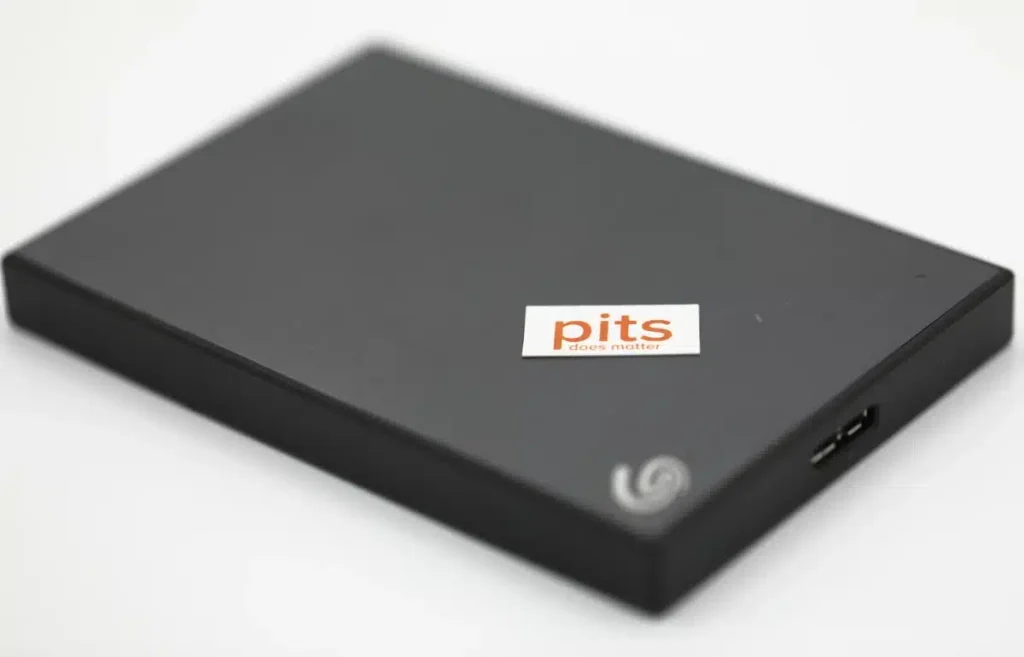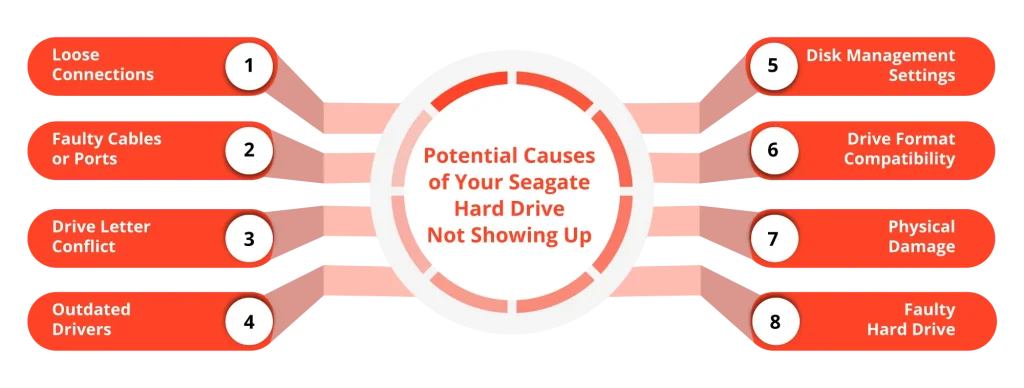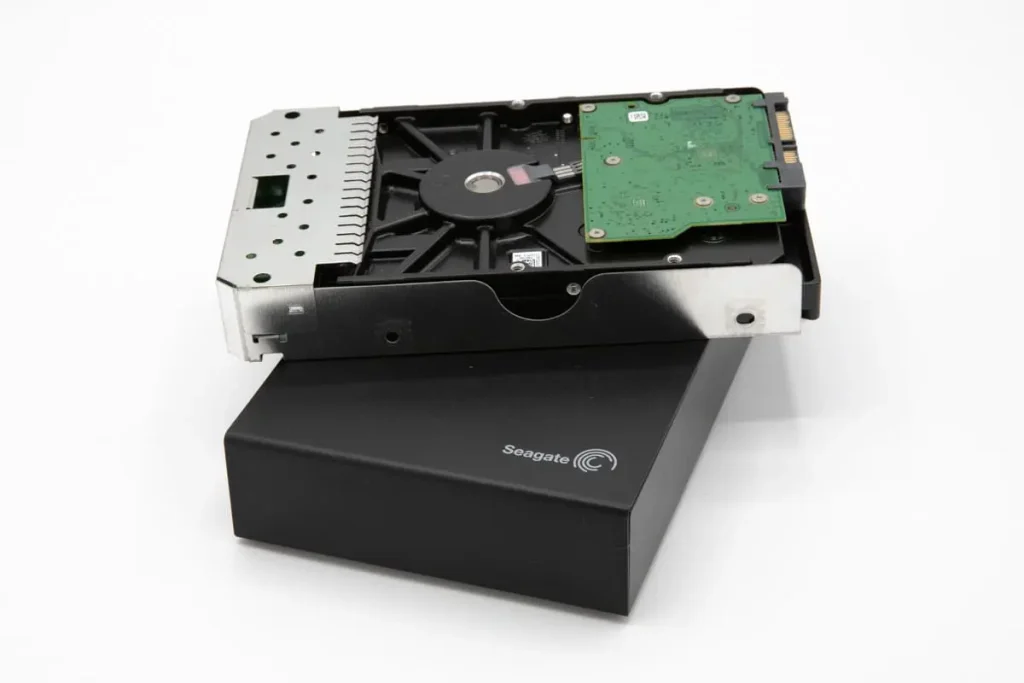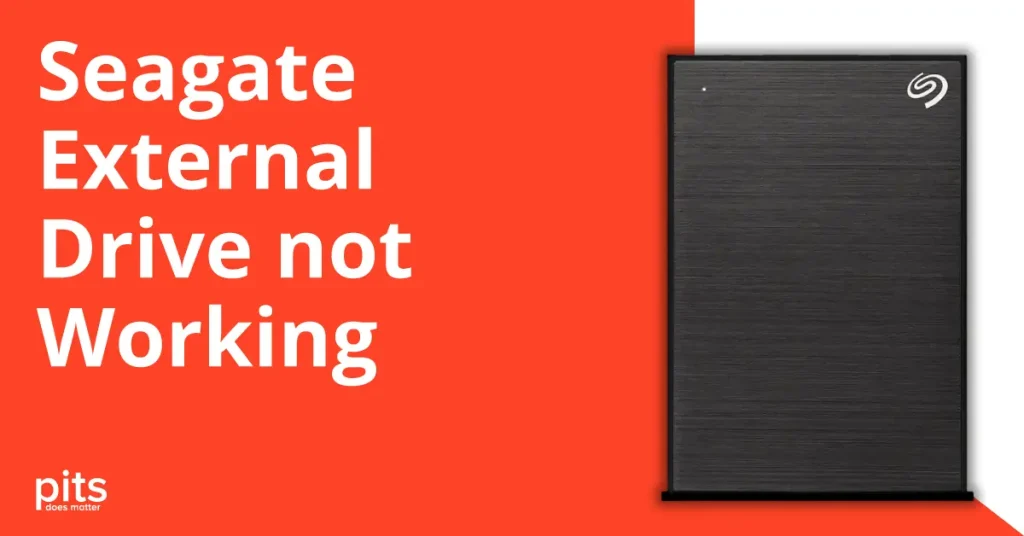There are several reasons why your Seagate external hard drive might suddenly stop working. If your Seagate external hard drive isn’t working properly, you can utilise a range of troubleshooting steps to resolve the issue.
This article covers common issues you may face with your Seagate external hard drive and provides solutions to troubleshoot Seagate external hard drives on Windows and Mac systems. We will share tips on how to recover data from a hard drive that is not being detected, troubleshoot common problems, and keep your external HDD healthy.
Why is your Seagate Hard Drive not Showing up
When encountering a situation where your Seagate external hard disk is not working, it’s crucial to assess whether the issue stems from hardware malfunctions or software conflicts. Some of the most common reasons include:
- Check USB Connection: To ensure optimal performance, check that the cable connecting your external hard drive and computer is securely plugged in. If needed, test with a different cable for troubleshooting.
- Try Different Port: Test your hard drive on another port or computer to troubleshoot any issues with the USB port.

- Update Driver: An outdated, corrupted, or missing driver can prevent your Seagate external hard drive from showing up. Update or reinstall the driver if needed.
If previous steps don’t resolve the problem, your Seagate hard drive might have physical damage or logical failures. Consider professional data recovery services if necessary.

How to Check Your Seagate External Hard Drive on Windows
Diagnosing issues with your Seagate external hard drive on a Windows system can be a crucial step in recovering access to your data. Having trouble with your Seagate external hard drive not appearing on Windows? Here’s a detailed explanation of each step mentioned in the troubleshooting guide:
-
Open Disk Management
It can help you identify issues that may be preventing the drive from appearing on your system. Use the shortcut "Windows + R," type "diskmgmt.msc," and hit Enter to check if the drive is uninitialised or unallocated.
-
Initialise or Format Hard Drive
If the partition map of a storage device is corrupt, improperly created, or missing entirely, Disk Management will recognise it as an uninitialised disk. Right-click on the drive, select "IInitialise Disk" or "Format," and follow the on-screen instructions.
-
Update Driver
Locate your hard drive in Device Manager under "Disk drives," right-click, and select "Update driver." For the latest drivers, visit Seagate's website.
-
Check Drive Errors
To check for drive errors in Disk Management, right-click the drive, choose "Properties," go to the "Tools" tab, and click "Check."This step helps ensure the optimal performance of your storage device.
Diagnose Your Seagate External Hard Drive in Mac
If your Seagate hard drive is not working on your Mac, it’s important to investigate potential USB port issues and check for necessary updates. If your drive isn’t showing up or is experiencing other problems, follow these steps to identify and solve the issue potentially:
-
Check System Information
Go to "Applications > Utilities," open "System Information," select "USB" from the menu, and check if your Seagate hard drive is detected. If visible but not accessible in Finder, try to mount the volume.
-
Try a Different Cable
Test your external hard drive using a different cable to troubleshoot connectivity problems.
-
Repair Disk
Use Disk Utility to run First Aid on your external hard drive. This feature helps identify and fix file system issues that may impact your Mac's ability to recognise the drive.
-
Check for Updates
Make sure all software on your Mac, including macOS, is up to date
Tips for Preventing Data Loss on Your Seagate External Drive
Preventing data loss on your Seagate external hard drive involves adopting a proactive approach to data management and device care. Regularly backing up data to multiple locations, including cloud storage and physical drives, is crucial for data recovery in case of hardware failure or corruption.

Furthermore, it is advisable to ensure that the software on your hard drive is regularly updated and to prevent exposing the device to extreme temperatures, as these factors may result in physical damage.
When your Seagate external hard drive fails to show up and data loss occurs, consider professional data recovery services as a viable solution.
In the unfortunate event that your Seagate external hard drive remains unresponsive or crucial data becomes inaccessible, our specialised data recovery service is here to assist. Contact our customer support for a free consultation and secure your valuable information.
FAQ About Seagate External Hard Drive not working
How long does the data recovery process take?
Data recovery duration varies based on damage extent and recovery complexity. It can take anywhere from a few days to several weeks. After assessing the condition of your hard drive, professional data recovery services will provide an estimated timeline.
How can I prevent data loss on my Seagate external hard drive in the future?
Regularly back up your data to multiple locations, avoid exposing the hard drive to extreme conditions, and keep the device’s firmware updated. Additionally, handle the device carefully to minimize the risk of physical damage.
What should I do if my computer doesn't recognise my Seagate external hard drive after connecting?
First, try connecting the hard drive to a different USB port or computer to determine if the issue is with the port, cable, or the drive itself. If the problem persists, check the drive’s status in Disk Management (Windows) or Disk Utility (macOS) to see if it needs to be initialised or formatted or has any other detectable issues.
Why is my Seagate hard drive blinking but not working?
A blinking light on a Seagate external hard drive typically indicates that the drive is powered on but cannot establish a successful connection with the computer. This can be due to an insufficient power supply, damaged USB ports, outdated drivers, or corrupted files.
What causes a Seagate external hard drive to fail?
Hard drives may fail due to various factors, such as physical damage, electrical problems (such as power surges), manufacturing defects, or logical errors. Regularly backing up data and handling the drive with care can help mitigate these risks. When in doubt, consulting with or seeking assistance from a professional data recovery service is often the safest approach to protecting and recovering your valuable data.
